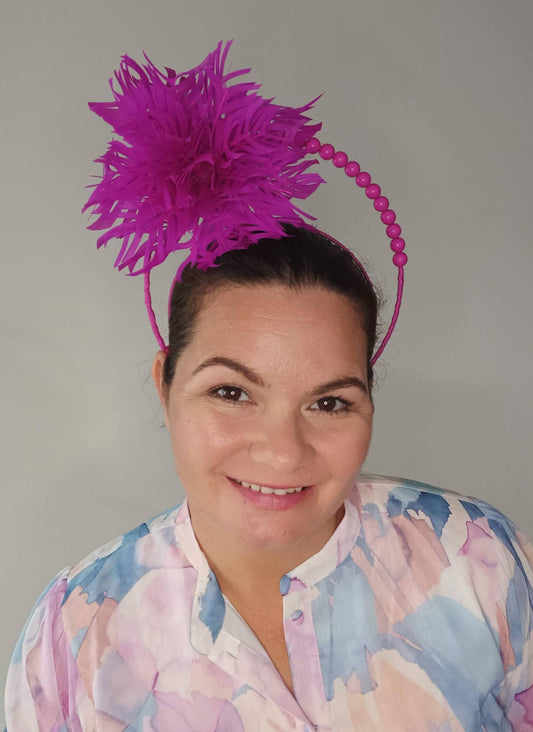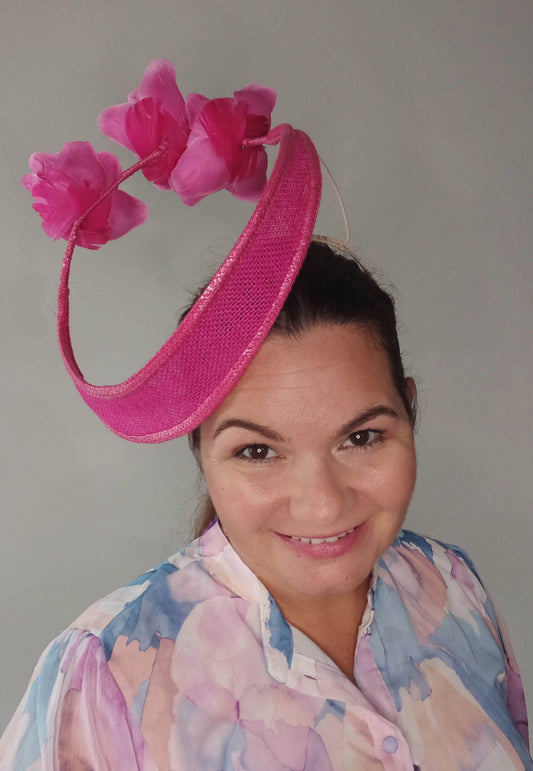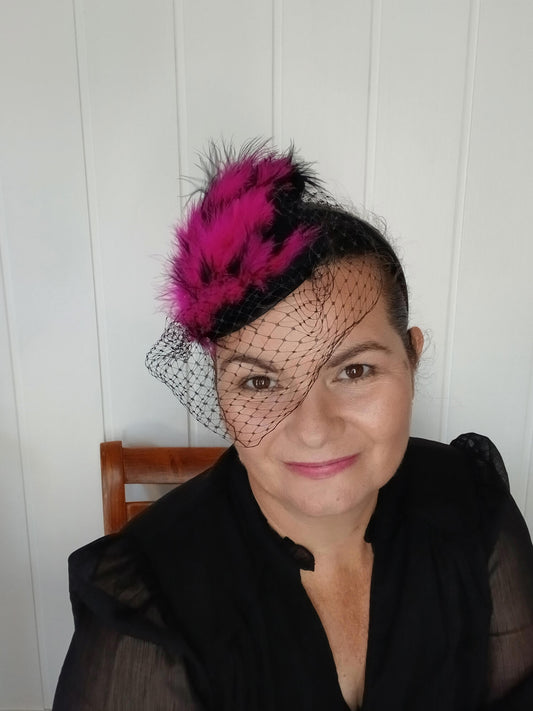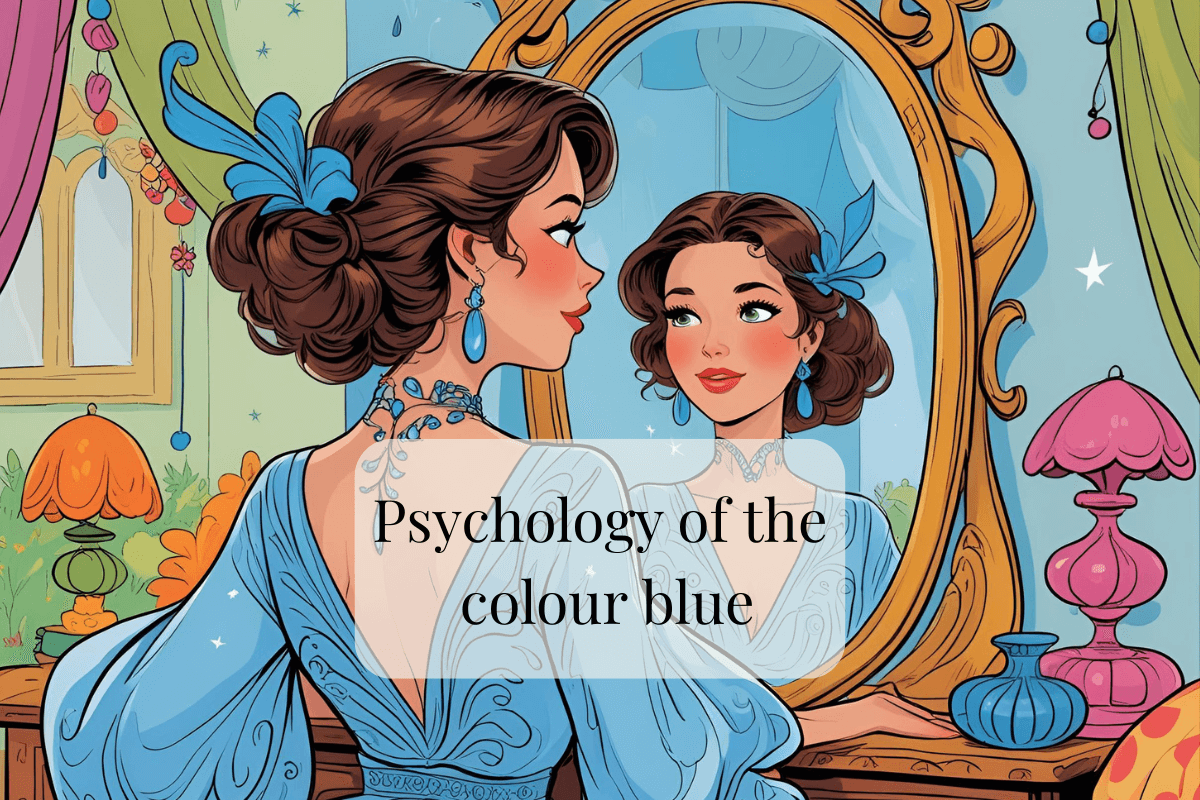
Blue is more than just a colour—it’s a powerful psychological force that influences our emotions, perceptions, and cultural identities.
From the calming hues of the ocean to the authority of a navy-blue suit, blue has a unique ability to shape our moods and surroundings. But what makes this colour so universally impactful?
In this blog, we’ll explore the deep-rooted symbolism of blue across different cultures, its psychological effects on the human mind, and its role in everything from fashion and branding to film and art. Whether evoking serenity, trust, or even melancholy, blue remains one of the most versatile and emotionally charged colours in our world. Keep reading to discover how blue shapes our emotions, influences our decisions, and leaves a lasting imprint on history and modern society.
Historical and Cultural Symbolism of Blue
Blue in Ancient Civilizations
Throughout history, blue has been a colour of deep significance, often associated with divinity, power, and prestige. In Ancient Egypt, blue symbolized the heavens and the gods, with Amun-Ra sometimes depicted with blue skin to represent his cosmic and life-giving powers. Egyptian artisans used ground lapis lazuli and other minerals to create vibrant blue pigments, which adorned tombs, statues, and jewellery as symbols of protection and divine favour.
Similarly, in Mesopotamia, blue was a colour of religious and royal importance. The famous Ishtar Gate of Babylon, constructed with striking blue glazed bricks, represented the heavens and divine authority. In Ancient Greece, blue was associated with the sea and Poseidon, though early Greek literature rarely mentioned blue explicitly, possibly due to how they perceived colours in relation to material properties rather than distinct hues.
The rarity and difficulty of producing blue pigments contributed to its association with wealth and status. Since natural blue pigments like lapis lazuli were expensive and challenging to acquire, they were often reserved for royalty, high-ranking officials, and sacred objects—a perception that endured through the centuries.
Blue in Religious Symbolism
Blue holds deep spiritual meaning in many religious traditions. In Christianity, blue is closely associated with the Virgin Mary, symbolizing purity, tranquility, and divine grace. This association became prominent in the 12th century, particularly in stained glass windows that depicted the celestial realm and divine illumination.
In Jewish tradition, the Hebrew word tekhélet refers to a blue dye used for priestly garments and temple decorations, reinforcing its sacred significance. In early Christianity, blue was less central than red, black, or white, but its role evolved over time, particularly after the Protestant Reformation. Reformers favoured simplicity, making black the colour of humility, while blue became associated with honesty, temperance, and spirituality. Unlike red, which was often criticized for representing excess, blue maintained a place in religious art and vestments.
During the Renaissance, blue's religious significance grew further due to the high cost of ultramarine—a pigment derived from lapis lazuli, more expensive than gold. Patrons who could afford it commissioned religious paintings where blue featured prominently, particularly in depictions of the Virgin Mary, reinforcing both her divine grace and the patron’s wealth.
The Evolution of Blue in Society
As time progressed, blue's symbolism extended beyond religion and royalty. In the Baroque period, blue remained a mark of nobility, frequently appearing in royal portraits. With advancements in dyeing and pigment production, blue became more accessible, finding its way into military uniforms, national symbols, and everyday fashion. Today, blue retains its historical significance in religious traditions, artistic expression, and cultural symbolism worldwide.
-

A scene of God Tatenen in the tomb of Amenherkhepshef, son of Ramesses VI
-

Ptah in the tomb of Amenherkhepshef, son of Ramses VI, Dynasty 20, Ancient Egypt Pharaoh.
-

Babylon's bright-blue Ishtar Gate built between 605 to 562 B.C., was once the entrance to the city of Babylon
-

'Ladies in Blue' fresco on the island of Crete, in the Palace of Knossos. It was created by Swiss artist and archaeological Émile Gilliéron in the Neopalacial period, 1600 - 1450 BCE.
-

Minoan painting from c. 2000-1100 BCE
-

Lapis Lazuli
The Psychology of Blue
The Calming and Relaxing Effects of Blue
Blue is often associated with peace, tranquillity, and relaxation. Studies suggest that exposure to blue can lower heart rates and reduce stress, making it an ideal choice for bedrooms, offices, and wellness spaces. Its non-threatening, timeless appeal fosters a sense of calm and stability, which is why it is widely used in both home design and therapeutic environments.
Trust, Loyalty, and Dependability
Blue is strongly linked to trustworthiness and reliability, making it a preferred colour for businesses, especially in banking and government organizations. Dark blue hues, commonly seen in corporate branding and law enforcement uniforms, convey professionalism, responsibility, and authority. This subconscious association with stability and competence is why many companies incorporate blue into their visual identity.
Blue’s Dual Nature: Coolness and Distance
While blue is known for its calming qualities, it can also evoke a sense of coldness or emotional detachment. This duality is evident in artistic expressions, such as Picasso’s "Blue Period," where shades of blue were used to convey melancholy and loneliness. In some cultures, blue is associated with mourning and introspection, reinforcing its potential to evoke both serenity and sadness.
Creativity and Clarity
Blue is also linked to intellectual clarity and productivity. Research suggests that people working in blue environments tend to be more focused and creative. The connection between blue and communication is reflected in its association with the throat chakra in Hindu and Buddhist traditions, symbolizing self-expression and articulate speech.
Picasso's Blue Period
-

La Célestine (La femme à la taie) (La Celestina), painted in 1904
-

"The Old Guitarist" painted by Pablo Picasso between 1903 and 1904
-

Femme aux Bras Croisés (Woman with Folded Arms), painted in 1901–02,
Blue in Fashion
The Symbolism of Blue in Clothing
Blue is one of the most versatile and universally loved colours in fashion, symbolizing authority, professionalism, and calmness. It transitions seamlessly between formal and casual wear, making it a timeless presence in wardrobes worldwide.
Formal Wear: Navy blue suits are a staple in corporate and professional settings, exuding sophistication, reliability, and confidence. Many law enforcement and military uniforms also incorporate navy blue, reinforcing its association with discipline and authority.
Casual Wear: Blue jeans are one of the most iconic clothing staples, symbolizing practicality and durability. Lighter shades like sky blue are often seen in summer fashion, creating a relaxed and fresh look, while deeper shades add depth and refinement to everyday outfits.
The Psychological Impact of Different Shades of Blue
Navy Blue – Represents power, professionalism, and confidence.
Sky Blue – Evokes tranquility, peace, and openness.
Royal Blue – Symbolizes luxury, boldness, and strength.
Teal & Turquoise – Associated with creativity, energy, and playfulness.
Blue’s adaptability makes it a mainstay in fashion, effortlessly balancing elegance and approachability across styles and seasons.
5. Blue in Art and Design:
The Use of Blue in Art
From ancient Egyptian murals to modern masterpieces, blue has played a significant role in artistic expression. During the Renaissance, ultramarine was reserved for the most sacred and prestigious works due to its high cost. Artists like Leonardo da Vinci and Raphael used blue to highlight important figures and create depth in their compositions.
In modern art, blue has been used to evoke strong emotions. Picasso’s "Blue Period" (1901–1904) is a prime example, using various shades of blue to portray sorrow and introspection. Yves Klein later took blue to new heights with his creation of International Klein Blue (IKB), a rich, deep hue that symbolized the infinite and the immaterial.
Blue in Interior Design
Blue is a favourite in interior design due to its calming and versatile nature:
Soft blues create a serene and welcoming atmosphere, perfect for bedrooms and living rooms.
Deep blues foster concentration and professionalism in office spaces.
Dark, rich blues add elegance and sophistication to modern luxury interiors.
-

The Australian Police wear a blue uniform. This picture is from an old tv show called Blue Heelers about a police station
-

A pair of Levis' jeans.
-

Navy Blue
-

Sky Blue
-

Royal Blue
-

Teal Blue
-

Turquoise blue
-

"The Last Supper", painted by Leonardo Da Vinci between 1495-1498
-
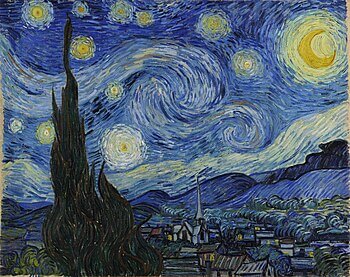
"Starry Nights" by Leonardo Da Vinci
-

"Transfiguration", painted by Raphael in
-

Madonna del Prato, also known as Madonna of the Meadow, was painted by Raphael
-

International Klein Blue
The Enduring Influence of Blue
Whether representing calmness or melancholy, power or introspection, blue remains one of the most versatile and psychologically profound colours. Its presence in art, design, and branding is a testament to its ability to influence perception and emotion. Across cultures, blue is associated with everything from divine wisdom to corporate professionalism, illustrating its wide-ranging significance. As scientific studies continue to reveal the effects of colour on mood and behaviour, it is clear that blue holds a special place in both our psychological and cultural landscapes. From ancient civilizations to modern digital screens, blue continues to shape the way we feel, think, and experience the world.
Next time you choose a shade of blue—whether for your clothing, home, or creative projects—consider the emotions and messages it conveys. How does blue impact your mood and daily life? Share your thoughts and experiences in the comments below!

About the Author
Melissa Rath is an Australian milliner creating unique, handcrafted hats. She shares insights on design, styling, colour theory, the history of hats and all things millinery.
Featured collection
-
Dark Pink Feather Halo Headband by Melissa Rath Millinery
Regular price $125.00 AUDRegular priceUnit price / per -
Dark Pink Floating Millinery Headpiece by Melissa Rath Millinery
Regular price $250.00 AUDRegular priceUnit price / per -
Floral Floating Millinery Halo by Melissa Rath Millinery
Regular price $250.00 AUDRegular priceUnit price / per -
Pink and Black Millinery Fascinator by Melissa Rath Millinery
Regular price $220.00 AUDRegular priceUnit price / per

























